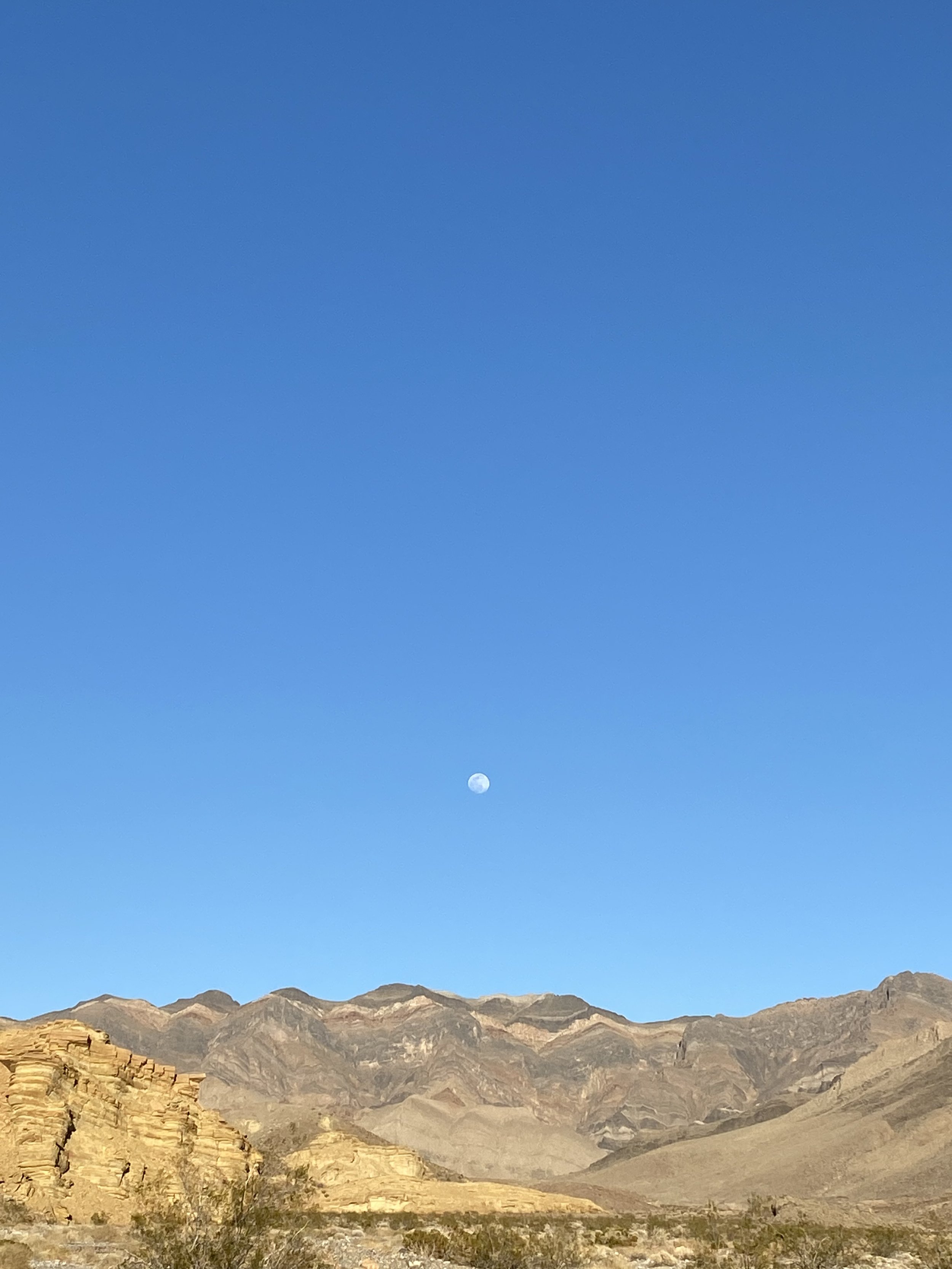
RHYTHM
Schedule & Rhythm
There is a natural rhythm to life on our planet. The Earth spins. We get night and day. The Earth travels around the sun. We get seasons.
And then there is human time…
Our mainstream education system in the global North is set up to fit with human, clock time, but often at the expense of syncing up with natural rhythms. The focus of any given school day is disconnected from the season, the weather, or often, even the energy level of the students.
What would a school day look like if the focus was not a bell schedule, but our natural, human rhythms?
To be clear, there are many human rhythms—cultural, individual, etc. But, there are also common tendencies—biological cycles and rhythms that we humans all tend to go through. A successful education model balances a plan (where are we headed?) with emergence (what is happening now that we didn’t plan?). Its focus is not only time, but also ‘timing.’
A Natural Cycle of Learning
One model for a natural learning cycle reflects the simple movement of the Earth related to the sun.
Sunrise marks a new beginning and a burst of fresh energy and focused attention. The afternoon (siesta time in some cultures), offers a chance to slow down, rest, and reorient. By sunset, the people re-gather around food and stories, sharing about and reflecting on the happenings of the day. The dark of night is a time for integration and letting go—deep working on the subconscious level—to be ready to begin again with the rising sun.
While not every day follows this arc, and a typical school day ends in the afternoon, we can honor this bigger arc, and also recreate it in smaller cycles. At Watershed Schoolhouse, mornings are a time for focused, collective and individual effort toward projects and learning goals. The afternoons, generally spent outdoors, are a time for an out-breath and downtime—essential elements of deep learning. Before the end of the school day (and at key transition moments), everyone gathers together to share their stories, their learning, their questions, and their reflections. All of this continues to stew overnight, at home, with friends and families, ready to feed right back into the work of the following morning.
These smaller daily patterns are repeated and recreated at the scale of a project, a semester, a school year, and beyond.



